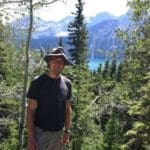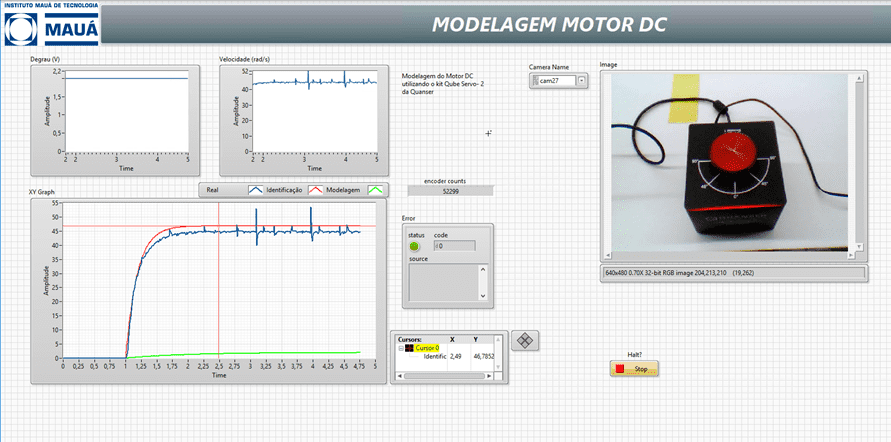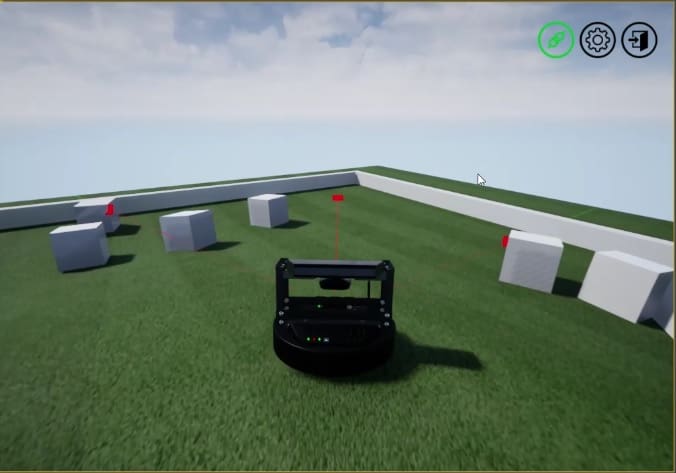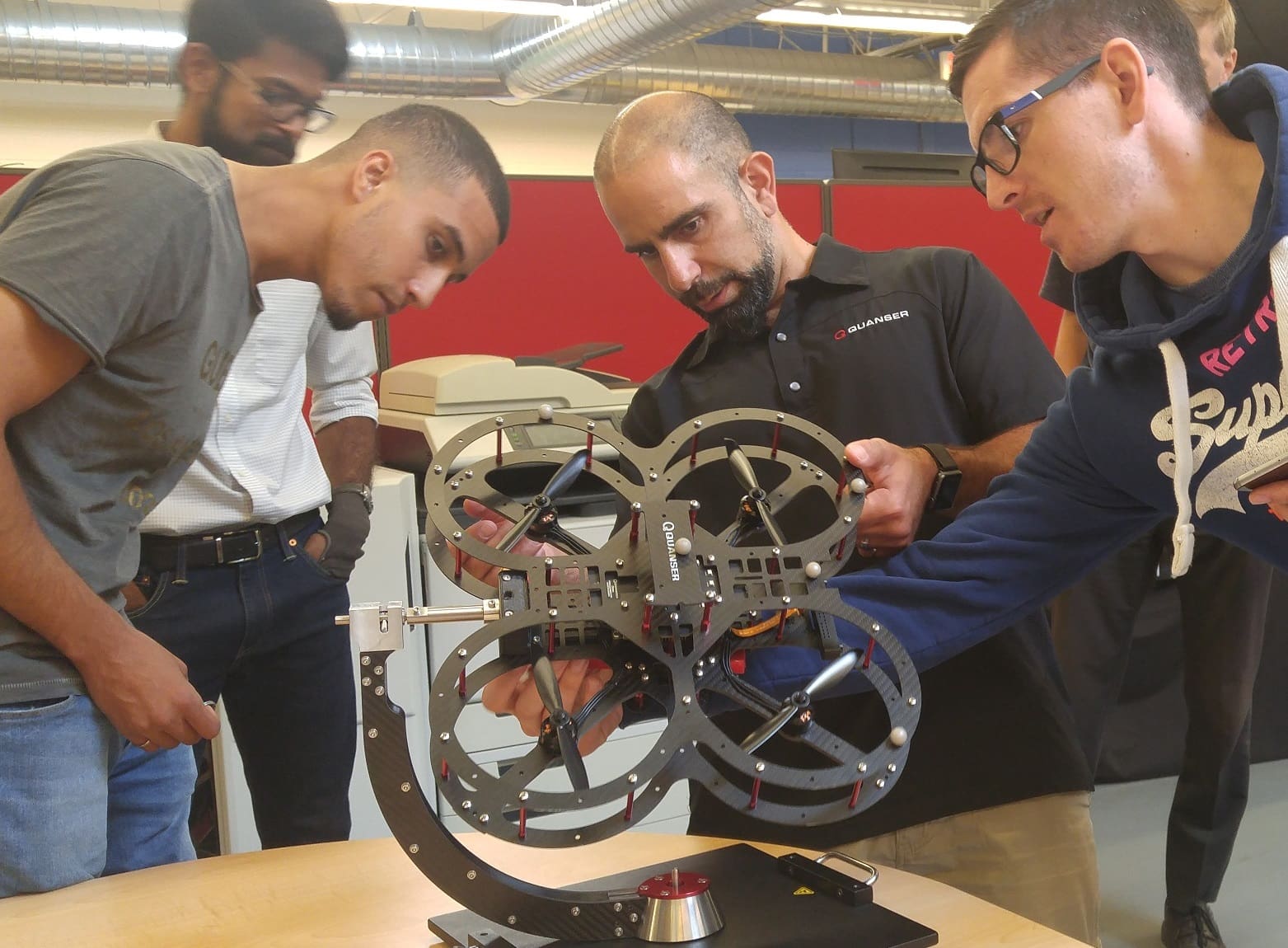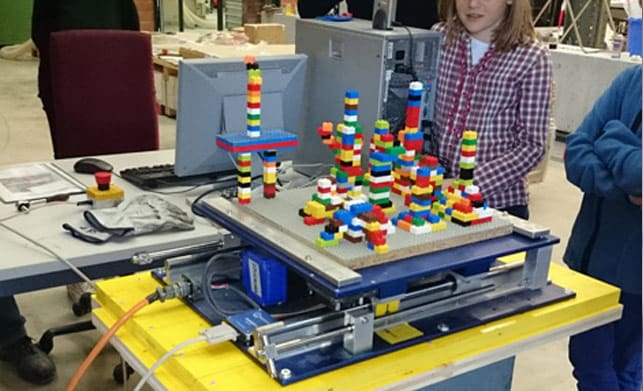
The challenge to demonstrate the importance of Science, Technology, Engineering, and Math (STEM) fields to our youth and encourage them to consider pursuing a career in those field is still prevalent. In response to this, many universities, colleges, and companies participate in outreach activities. Outreach activities have tremendous benefits – not only to the recipients but also for the school or company affiliate that is delivering the program.
Here are a few of them:
- Student recruitment: Certain countries have seen a drop in engineering enrollment. Outreach programs can help capture the attention and motivate are youth to pursue a career in engineering.
- University ranking: Having properly delivered outreach programs that include state of the art equipment can help attract the most interested and talented students.
- Securing funding: Outreach activity is one of the components that help secure funding in proposals such as the National Science Foundation (NSF).
- Community support: Community outreach programs help promote math, science, and engineering in our underserved communities. Examples include Hispanic-Serving Institutions (HSIs) and Girls in Engineering, Mathematics and Science (GEMS).
Here we outline three different types of programs that leveraged Quanser platforms.
1) Simply Science: K-12 Civil Engineering Outreach
One of the most common is K-12 (a term used to describe students from kindergarten to 12th grade). Civil engineering is often promoted in K-12 students by using shake table systems. Here we show how Simply Science and Swiss Federal Institute of Technology Lausanne (EPFL) in Switzerland, collaborated to highlight Civil engineering concepts to 6th graders with the Quanser Shake Table II system.
Challenge: Introduce grade students to earthquake resistant structures.
Outcome: Motivated children to pursue education and a career in civil engineering and highlighted the facilities and opportunities at EPFL.
Equipment: Quanser Shake Table II
EPFL, is known for their high-level of education and research activities. But they are also aware in the importance of doing outreach activities.
Dr. Souad Sellami of SimplyScience organized a session to bring children to the EPFL Earthquake Engineering and Structural Dynamics (EESD) research laboratory of Prof. Katrin Beyer and introduce them to earthquake engineering. Dr. Sellami taught the young students about how low and high earthquake frequencies affects short and tall buildings differently and how you can use smart phone as a seismograph to record tremors.
The kids were then tasked to build Lego™ structures on the Shake Table II. The objective was to build the tallest building that can withstand earthquakes. Together with Angelica Rosso and Ovidiu Prodan of EPFL, the Shake Table II was used to run different earthquake simulations and see if the children’s structures could withstand it.
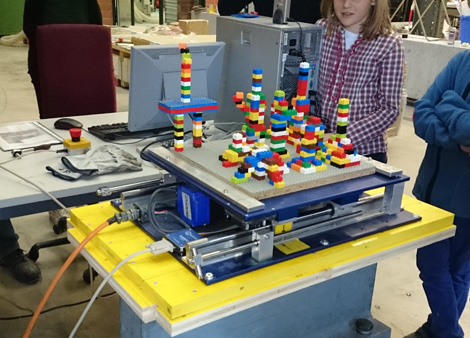
Another Example: An Engineer Was Here : This blog post shows another K-12 effort by our own Derek and Heidi Wight when they visited their daughter’s kindergarten class.
2) Sacred Heart University: Aerospace Control Systems Workshop
Outreach can also involve using advanced or research grade systems to teach high-school students or undergraduate engineers. That is what Dr. Tolga Kaya did at Sacred Heart University, USA.
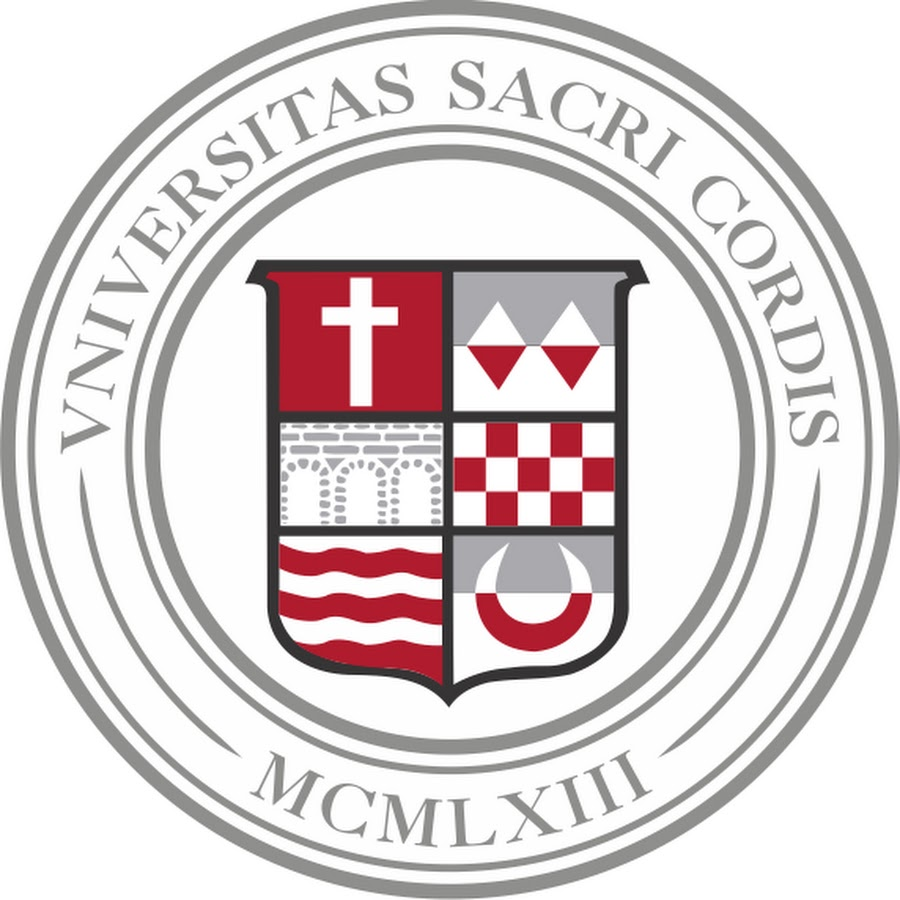
Challenge: Start preparing second-year undergraduate electrical and computer engineering students to work with drones by first teaching them about control systems for aerospace systems.
Outcome: Credly Training Certificate. Students ready to start working with AVRS system with this background information.
Equipment: Quanser AERO
Prof. Kaya had a new set of students that were eager to work with the Quanser drones. However, this time around Dr. Kaya wanted to ensure they had enough background in how to use modelling and control systems for aerospace applications prior to working with the Quanser QDrones. The challenge is the four students were in their second-year undergraduate Electrical & Computer Engineering (ECE) program. They had not taken any courses in modelling or control systems and had no prior knowledge of MATLAB/Simulink. Given the timeline, Dr. Kaya wanted to fast-track them to learn about many concepts in a practical, hands-on way.. To do this, he chose the Quanser AERO.
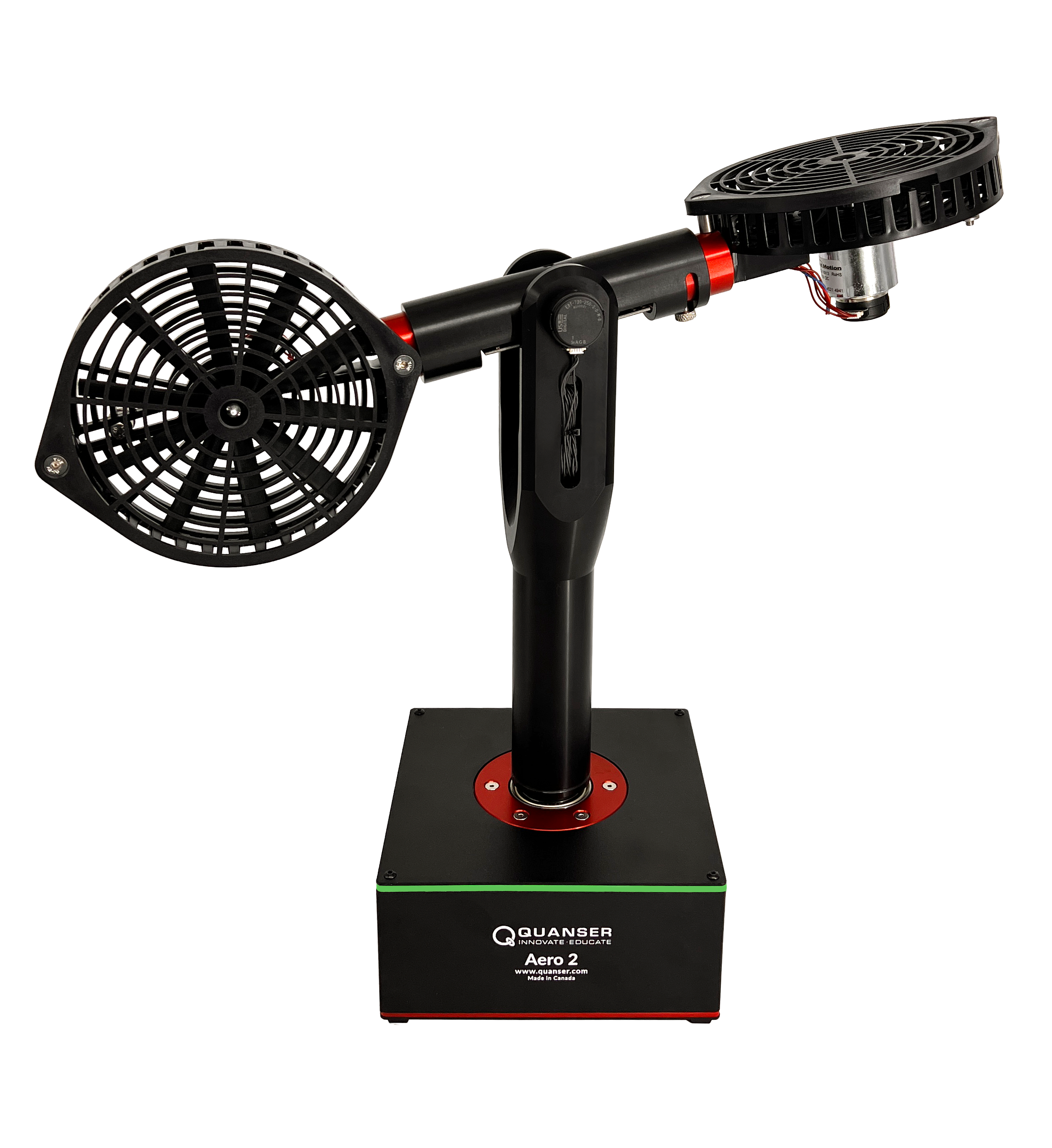
By using the different available sensors and configurations, the AERO can be used to teach introductory topics to advanced ones. When asked if the AERO was the right choice for the workshop, Prof. Kaya said “let me put it this way, if I were to teach a whole semester class, I would spend half of the semester on AERO.” The students conducted the experiments on the Quanser AERO hardware at Sacred Heart University lab while Dr. Kaya supervised them. The workshop was delivered remotely by a Quanser Applications Engineer.
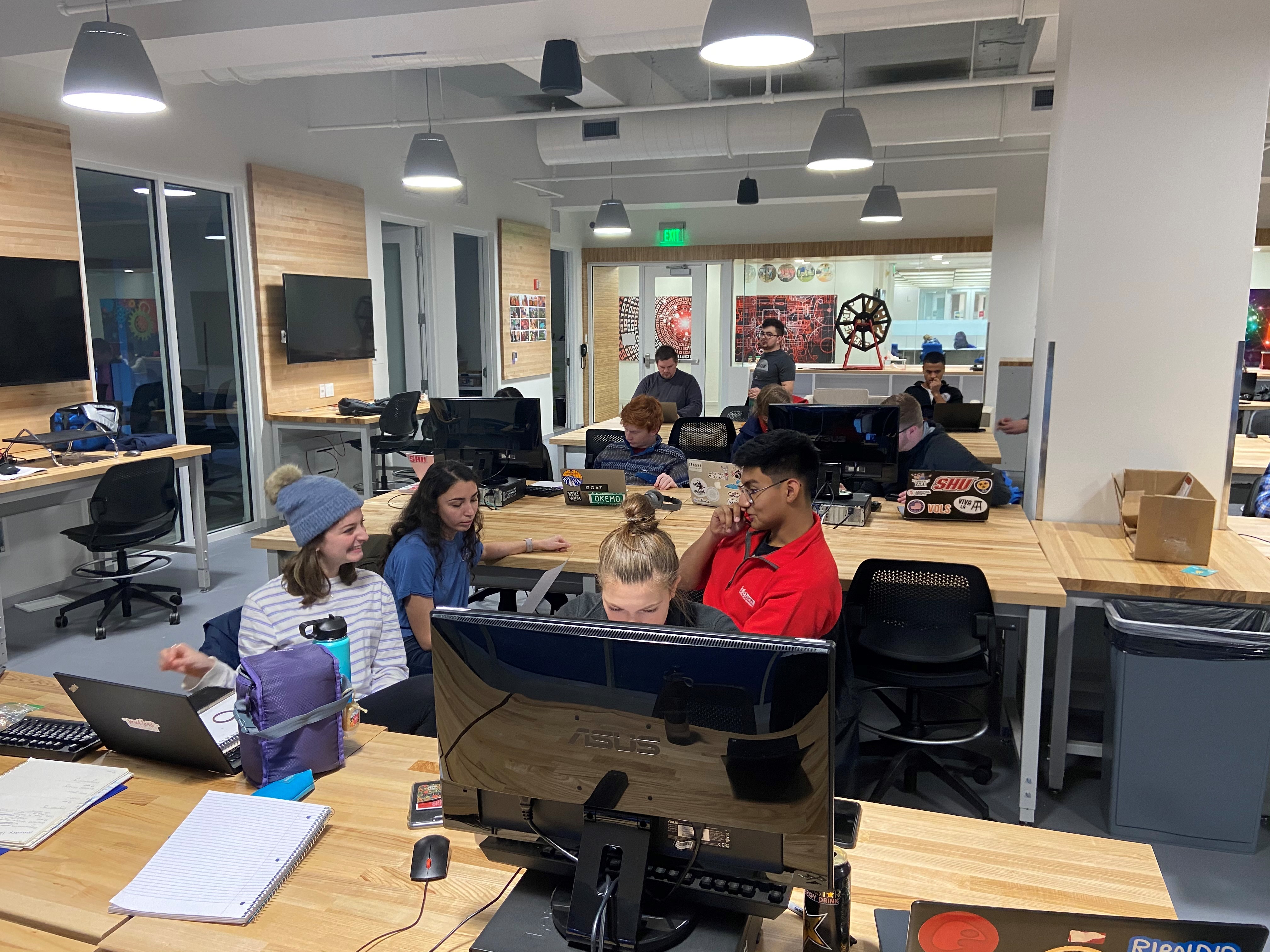
This aerospace control systems workshop provided a great “jump start” and placed the students on the right path to begin working with the Quanser AVRS system. Students enjoyed the workshop and being able to interface to an “already working” system. After working through the labs after the workshop session by themselves, they were able to gain a good grasp of system-level design.
Other Example: Experimental Math Space at York University: This blog shows demonstrates how Dr. Amenda Chow at York University, Canada used the Quanser Inverted Pendulum for math courses as part of the Experimental Math Space.
3) UIW Community Outreach: Girls in Engineering
The third most common type is community outreach. One prime example is the work that University of the Incarnate Word (UIW), USA did with Girls in Engineering, Mathematics and Science (GEMS).
Challenge: Promote engineering in middle and high schools using autonomous vehicle systems.
Outcome: Launched Autonomous Vehicle Systems (AVS) Lab miniGEMS STEM program
Equipment: Quanser Unmanned Vehicles (QBot and QDrone)
Dr. Michael Frye is the Department Chair of Engineering at the University of the Incarnate Word (UIW) in San Antonio, Texas. He also co-directs the Autonomous Vehicle Systems (AVS) Laboratory, along with Dr. Sreerenjini Nair, Assistant Professor of Physics. They have both been long time users of Quanser systems. They adopted Quanser’s unmanned aerial and ground vehicles (QBall and QBot) earlier on and later got the Autonomous Vehicle Research Studio (AVRS) system. They now have one of the largest AVS research labs in the United States.
An interesting question that was brought up was, “How can highly sophisticated engineering systems offer a more motivating and more meaningful introduction to engineering and STEM?” Autonomous vehicles are typically used for research purposes. But Quanser drones, unlike commercially available vehicles, are designed specifically for academic use with the controllability and safety that would be essential for operation by a broad range of users. Both Dr. Frye and Dr. Nair also host community outreach programs through the AVS Lab.
As a result, they could take the same high-impact introduction to advanced engineering to high school and even middle school. One immediate outreach application of the UVS lab was the UIW STEM Summer Camp for high school students where the Lab was used for an introduction to robotics. They also put a lot of their focus in AVS Lab’s miniGEMS STEM program.
miniGEMS is a free five-day STEM Summer camp organized and run by the AVS Lab for approximately 26 middle school girls. In Summer 2015 and 2016 the camp was planned, coordinated, and directed by the Dr. Frye and Dr. Nair. The primary goal of the camp is to introduce more females to the field of Engineering through robotic projects and competitions, guest speakers, and site visits. Parents are provided opportunities to learn about STEM fields and how to apply to help their daughters apply for college.
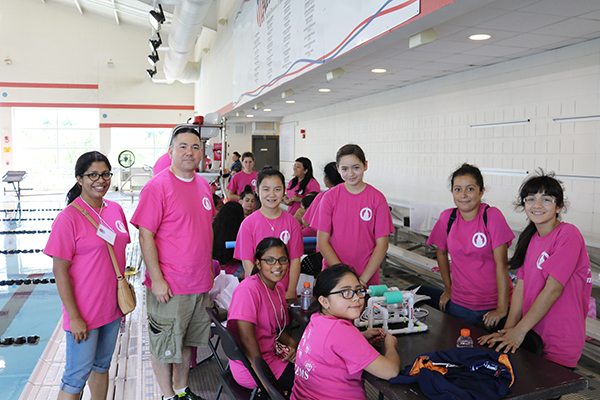
miniGEMS targets underrepresented middle school students and provides an opportunity for students to attend a STEM camp without having to meet an arbitrary grade requirement, pay an application fee, have transportation, or even an interest in STEM fields. The miniGEMS camp offers middle school girls with a chance to do advanced engineering in a way that thematically makes sense and is engaging. Robotic projects, guest speakers, field trips, and direct access to the UVS Lab form the core of the program. Girls engage with not just the technology of advanced engineering but the people and community of advanced engineering.
